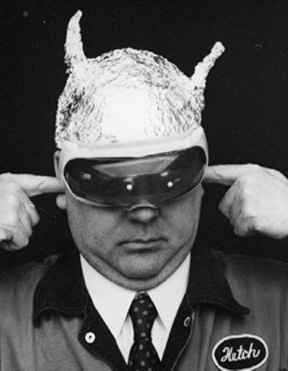Apophenia, and the Strange Appeal of QAnon
If you’ve been listening to The CXM Experience podcasts, you’ll remember my recent episode about QAnon, and my bold prediction that Donald Trump would not in fact be re-inaugurated as president. Turns out I was exactly right, which probably doesn’t surprise you (although it almost certainly did surprise a shockingly-large number of people).

But what might surprise you is the nature of the underlying, game-like concepts behind this strange phenomenon we know as QAnon. Game creator Reed Berkowitz sums it up beautifully in this article: A Game Designer’s Analysis of QAnon
It’s a fascinating look at what Reed calls “the game that plays people,” specifically through the use of guided apophenia.
Humans excel at pattern recognition. This is a good thing, and human survival is, in part, a result of our ability to absorb massive amounts of unrelated information, find connections, and make appropriate predictions and decisions.
But when this pattern recognition kicks into overdrive, humans begin to see patterns where they don’t really exist. Suddenly everything is connected, there are no coincidences, and conspiracy theories take root. If you’ve heard someone ranting about “connecting the dots,” you’re probably witnessing apophenia in action.
Read the full article for details. Or, listen to the conclusion of our two-part QAnon podcast where I explore guided apohpenia in more detail, after briefly gloating about my prescience, of course.

